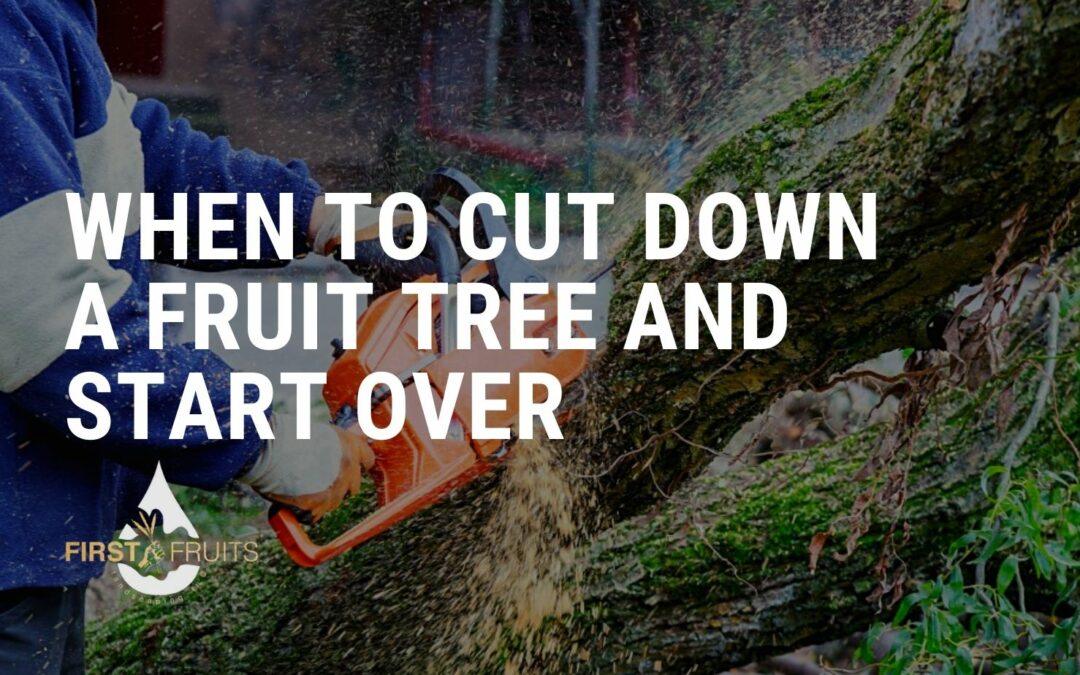Fruit tree pruning can enhance the crop when done properly, but it can be difficult to know when it’s time to cut down a fruit tree and start over. Here are some tips to help you identify whether pruning or cutting and replanting is right for you.
Effective Pruning
Most trees do not need annual pruning once they have been trained to grow in the direction the owner desires. However, when pruning is necessary, it is best to do it in early spring when it is beginning to bud and the tree is still dormant. When a new tree is planted, it is also beneficial to cut branches that are within two to two-and-a-half feet off the ground. This helps the tree to grow new fruiting branches in the lower sections to balance the growth and strengthen the root system.
This will also assist in keeping the tree from getting top-heavy while it is establishing itself. In new young trees, cutting a fruit tree just above knee height will ensure a widespread lower canopy for easier picking. It may sound dramatic to remove a large portion of a new tree but thinking about the future can be beneficial at planting to ensure the fruit is within reach. It will also ensure the tree has a thick enough base to bare new fruit, without bending or snapping branches.
Cutting Down a Tree
The clearest indicator that it’s time to cut down a fruit tree is when it is dying or diseased. Signs of these factors become clear when a tree is no longer growing leaves or producing fruit, although the simple non-production of fruit for a year is not a guarantee that a tree is dead. This can have to do with too much pruning or lack of pollination. When no leaves are growing or branches become dry and brittle, it’s clear a tree is dying.
It may be from lack of water, too much heat or an unseen disease. More obvious signs of disease are when fungi grow in the bark or at the base of the tree. Mushrooms around the trunk can indicate root rot. A leaning tree can also be the first indicator of damaged roots. If you discover these symptoms, it may be time to put the tree out of its misery.
Life Expectancy
Knowing that trees have an average life expectancy can help ease your mind about removing a fruit tree and planting a new one. On average, cherry and plum trees live fifteen to twenty years, while apple and pear trees can live thirty-five to forty-five years. Dwarf trees have shorter life spans than their full-grown counterparts.
If it is time to say goodbye to a tree, cut it down and find joy in picking out a new one to add to your landscape. Keep in mind that a newly planted fruit tree generally takes three to five years to bare fruit. And while you’re waiting, you may want to befriend the pollinators in your neighborhood. Butterflies and bees will make all the difference when that new fruit tree is budding and ready to produce fruit.
More tips for Tree Owners:

